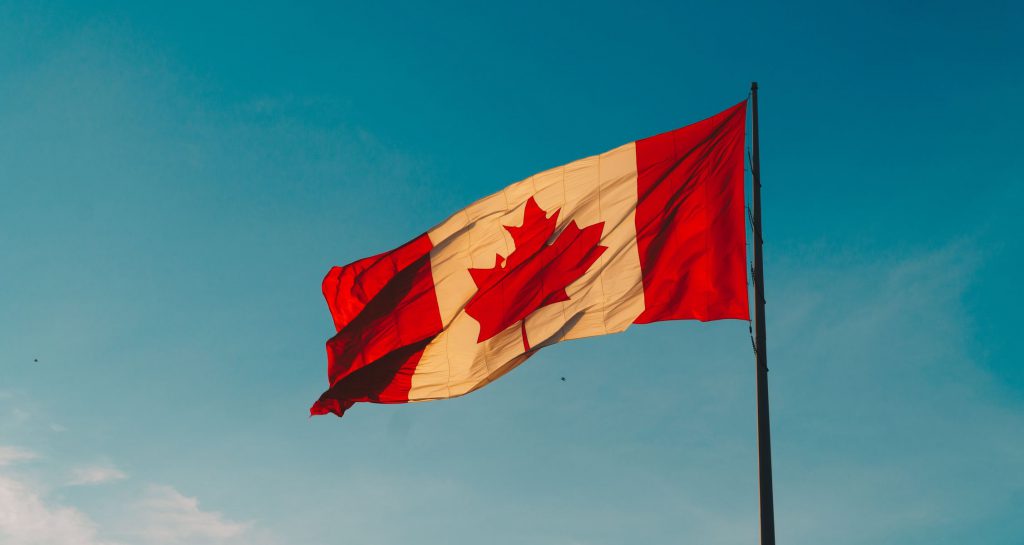The refugee is one of the immigration programs that suits those who were forced to leave their country for several reasons beyond their control. Refugees refer to the category of people who are forced by circumstances to leave their homeland to obtain asylum in another country, in this case in Canada.

The Government of Canada pays great attention to the refugee problem and allocates special quotas for the accommodation of foreign citizens who need asylum and protection from various persecutions.
The applicant can submit a request for refugee status in the territory of his/her country. But if a person has already arrived in Canada, then already at the airport or port, the applicant must inform the immigration authorities about his/her intention to obtain refugee status. Alternatively, the applicant can apply to the Immigration Office after they have passed the airport screening procedure.
Let’s consider the options for which a candidate can obtain refugee status in Canada:
- Race;
- Religion,
- Nationality;
- Belonging to a certain social group;
- Political convictions.
LGBT people fall under the fourth basis.
The process of obtaining refugee status for LGBT people
Applicants have two options for applying for refugee status when crossing the border (usually at the airport) or already in Canada at one of the immigration offices.
If you decide to apply at the border, you will have to fill out Eligibility Forms. These forms will be reviewed by the Border Guard Officer, who will decide if you have a basis for the application. If the decision is positive, you will be given additional questionnaires, which you will need to fill out and submit within 15 days (Basis of Claim). After submitting the questionnaire, you will be assigned a date for your hearing (approximately 45 days after the questionnaire was submitted).
If you choose to apply while in Canada, you will need to complete all required application forms. You can submit these forms at one of the immigration offices in Canada. After submitting the questionnaire, you will be assigned for a preliminary interview (Eligibility Interview). There, it will be decided whether you have a reason to apply. If the decision is yes, you will receive the date and time of your hearing (approximately 45 days after the application was filed).
You will have several options to update your firmware. It is important to remember that these updates/changes should not be significant. In other words, you will not be able to mention some big and important event that could have influenced your decision to seek protection in Canada if you have never mentioned it in an interview or on any of the questionnaires.
10 days before your hearing, you must file any documents you plan to rely on during your hearing. The Immigration Board has very limited exceptions that allow important documents to be filed 10 days before the hearing.
The entire administrative process is described in detail on the website of the Immigration Commission.
The main nuances of applying for refugees for LGBT people
To apply for refugee status in Canada, the applicant must either be physically present in Canada or be outside the country of their citizenship.
To obtain refugee status, an LGBT person is not required to have proof that he/she lived openly as an LGBT person in his/her country. The analysis of the applicant’s situation focuses on the prospect and serious possibility that upon returning to their home country the applicant will be persecuted because of their sexual orientation.
Typically, at a hearing for granting refugee status in Canada for LGBT people, the following issues are raised:
Questions about identification and Questions about the accuracy of the information provided as grounds for the request
Applicants who have lived in hiding their sexual orientation sometimes find it very difficult to prove their LGBT affiliation during a hearing. It is especially true because the short deadlines are given to applicants to prepare for the hearing (the hearing is scheduled 45-60 days after the petition is filed). Therefore, we would advise all potential applicants to first consult with a lawyer to determine which documents may serve as evidence of LGBT affiliation.
Granting state protection
Each applicant must prove that his/her government is unwilling or unable to protect the applicant. The applicant must show that he/she either tried to seek protection and did not receive it or explain why he/she did not try to seek protection from state authorities.
Internal deployment to avoid harassment
The main idea of this concept is that the applicant must show that there is no geographic place on the territory of his/her state where he/she could live peacefully without being persecuted.
Difference between discrimination and harassment based on sexual orientation
Harassment of LGBT people is not only about imprisonment, bullying, or death. Persecution is a serious violation of fundamental human rights and can take many forms. In some countries, for example, this violation may be the refusal to hire an LGBT representative. However, it is worth noting that discrimination based on sexual orientation may not be classified as persecution that could lead to refugee status. The difference between discrimination and harassment in immigration law remains the most problematic topic in immigration law and requires serious preparation to build a convincing argument.
